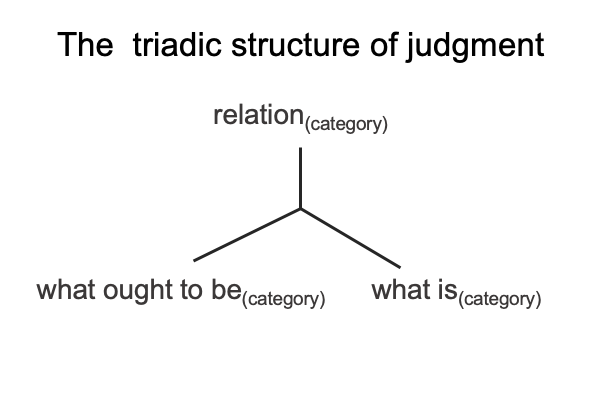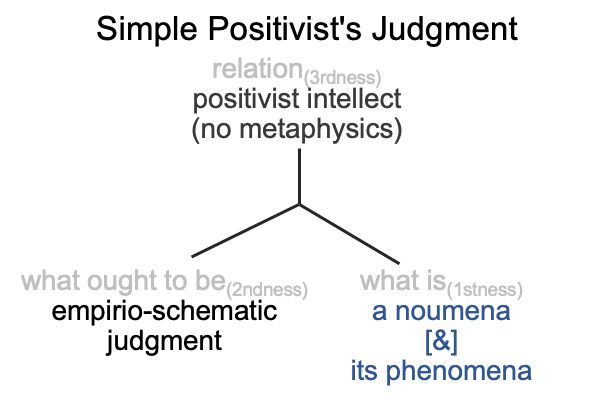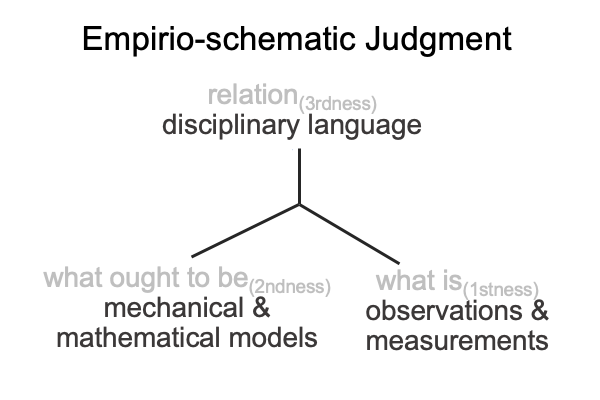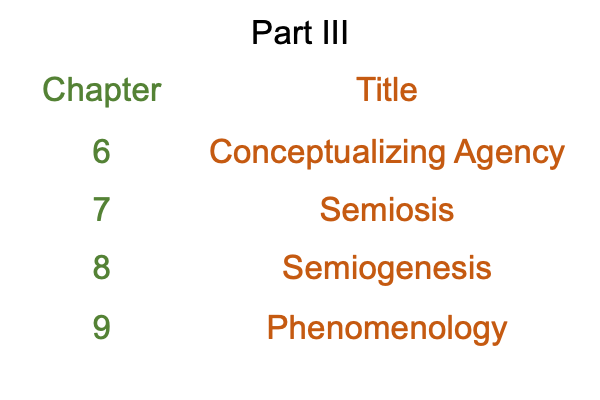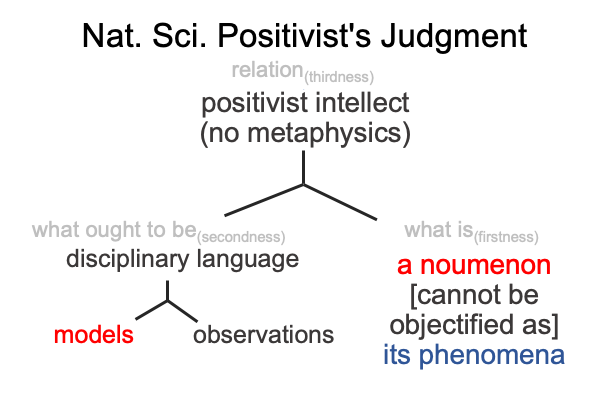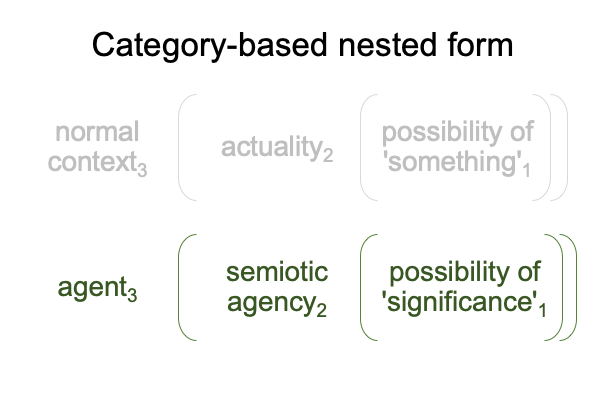Looking at Gustavo Caetano-Anolles’ Chapter (2024) “Evolution of Biomolecular Communication” (Part 10 of 10)
0388 I conclude this examination of Gustavo Caetano-Anolles’ chapter with a brief discussion on the third item appearing in section 10.3, titled, “Communication”.
0389 The first item that the author mentions is Peirce’s tradition of inquiry. Peirce’s three categories offer a variety of ways to portray triadic relations.
Biosemiotics is all about triadic relations. This examination has shown that secondness tends to associate to phenomena. Thirdness and firstness tends to associate to what models need to explain.
0390 The second item that the author mentions is Shannon’s information theory.
I wonder about the implications of the virtual nested form in the realm of secondness that Shannon’s information theory generates.
What if the associations are more than mere analogy?
What if my neighbor, getting that new-fangled lumber treatment and all, is not sending me a message through a channel2b that conducts wood-eating insects that are not happy, and frankly, fed up with the wooden food-fare that my neighbor’s shed now offers?
How weird and disturbing is that?
0391 The third item that the author mentions is Chomsky’s hierarchy of formal languages. Formal language consists of operations within a finite symbolic order.
0392 Finite symbolic order?
Think of how Charles Peirce might rebrand Ferdinand de Saussures’s key term, system of differences.
0393 Ultimately, symbols enter into a picture of the evolution of biomolecular communication.
And, when they do, they seem to associate to “a receiver2c” in Shannon’s virtual nested form in secondness.
0392 Here is a picture.
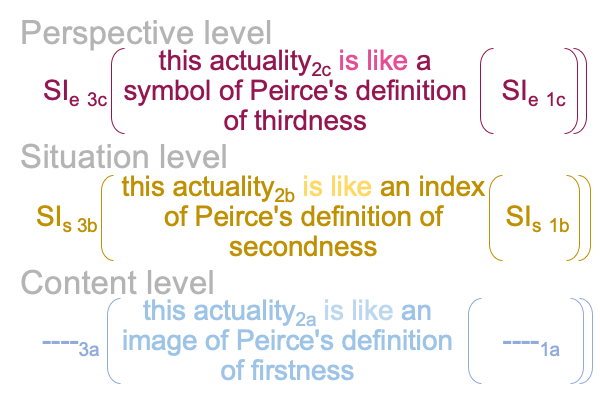
0393 But that is not all, in the evolution of biomolecular communication, symbols overflow destination2c and cascade down into the bucket that the transmitter2a works from.
The author spends sections 10.4 through 10.8 discussing the implications of this imaginary overflowing, which reminds me of a Tarot card, the ace of cups, where a hand appears out of cloud overhanging an idyllic landscape.
The hand holds a water-filled cup that overflows, in a very biomolecular-cascading fashion, from a perspective-level that associates to love. Is love an empedoclement? Only after the empedoclements (which are the inverse of impediments) come together, in the right sort of way, does strife arrive to both hone and diversify the new creation.
0394 Here is the cup of organic biosemiosis.

